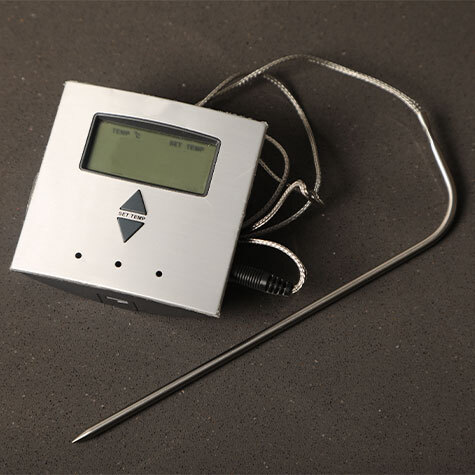
Lamb Roasting Guide
17th Apr 2025
Easter is the perfect occasion to enjoy flavourful lamb, carved straight from a stunning centrepiece. We have a delicious range of lamb joints and have put together a helpful guide on how to get the most from your roast, from selecting your cut all the way to recipes.
CHOOSING YOUR CUT
Each cut has its own name which simply indicates where it has been cut from.
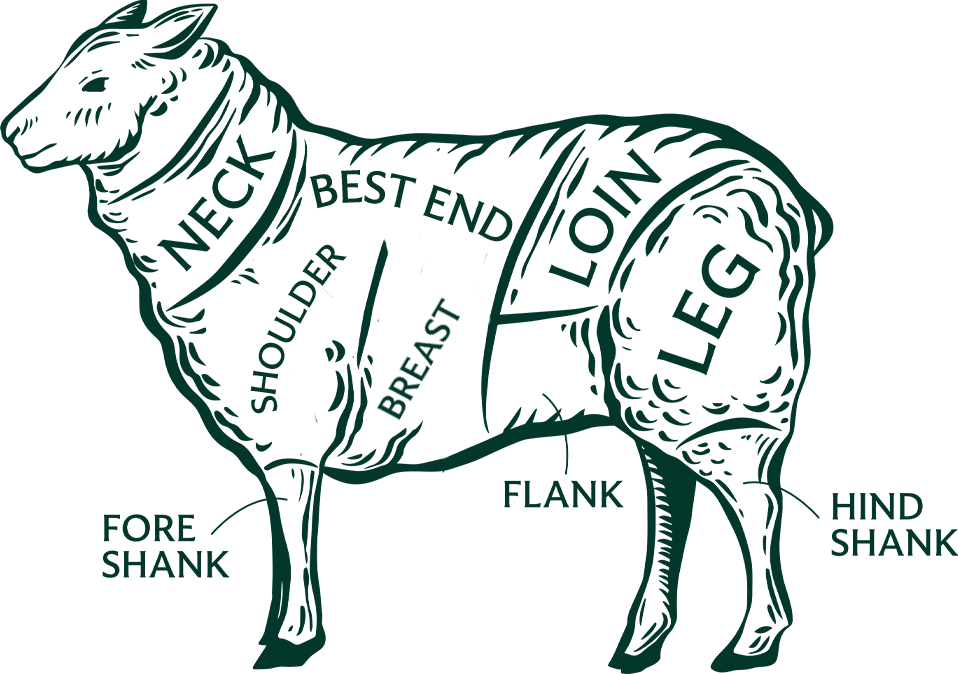
Every cut of lamb has variances in flavour and texture unique to itself, and particular cuts are better for some recipes than others. A key consideration when choosing your roast is how many people it should serve, with cuts from the leg or shoulder typically having more servings.
DEFROSTING
Ensure your roast is fully defrosted prior to cooking.
|
You can use a digital temperature probe to check products are fully defrosted prior to cooking, and to check that they have achieved your desired temperature after cooking, but you must clean the probe thoroughly in-between checks to prevent cross contamination. To make sure your joint is fully defrosted using a meat thermometer, probe the centre to check the thickest part is above 0°C before allowing it to reach room temperature. |
|
Defrosting times may vary from roast to roast however, allowing up to 10 hours per 500g for larger joints to defrost in the fridge is the safest guidance.
It is always important to keep the defrosting time in mind when scheduling your delivery, to ensure you leave enough time for both defrosting and cooking.
COOKING/ROASTING
The full cooking instructions for each of our roasts can be found on their individual product page on our website.
When checking if your lamb is cooked to your liking, probe the centre of the joint to make sure the internal temperature matches your desired finish:
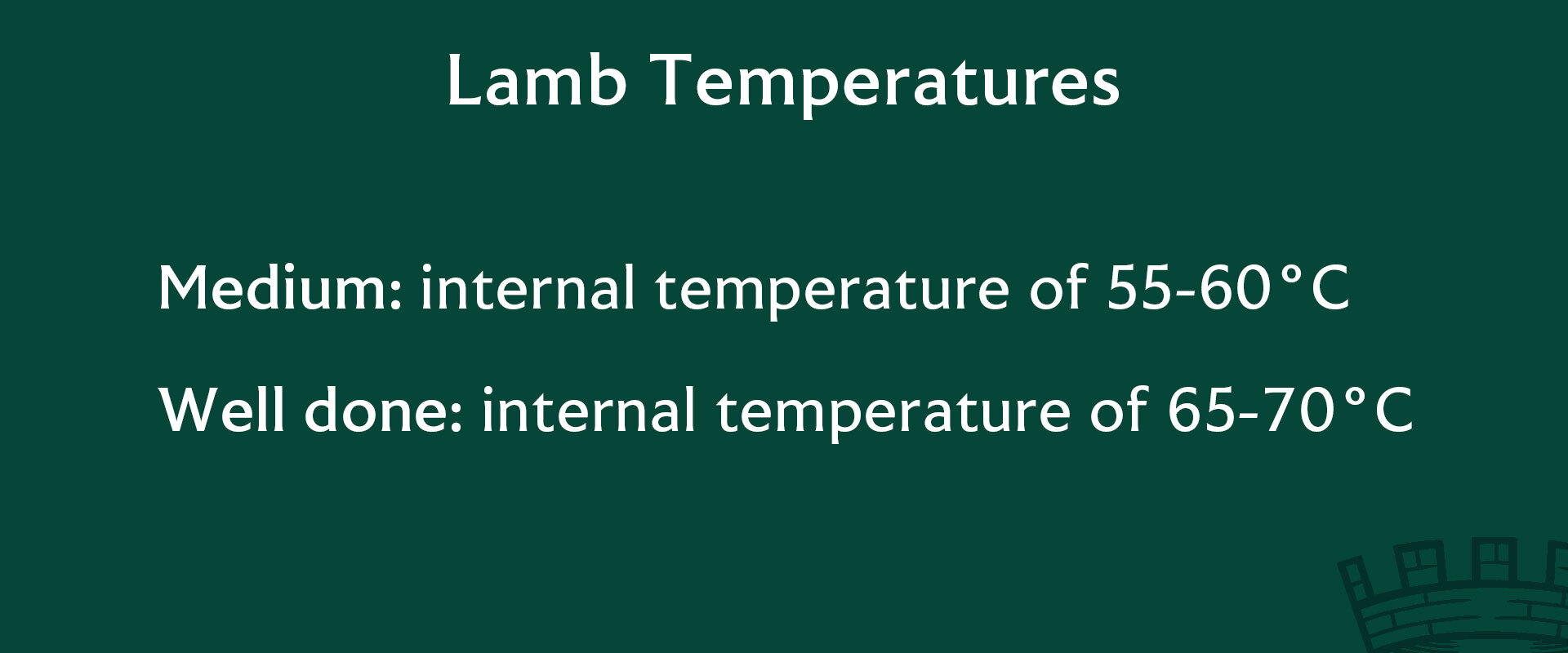
Resting the product is also important as the meat can still rise in temperature whilst resting, and achieve the desired temperatures during this time, through residual cooking.
Residual cooking, also called ‘carry-over’ cooking, is when food continues to cook after it has been removed from a heat source. The heat held within the food itself raises its overall temperature before it starts to cool down. It’s a more gentle, radiating heat that equalizes the temperature throughout the food.
Whilst your joint is resting, you can use the time to make a Lamb Gravy with Rosemary & Garlic to accompany your roast dinner.

Once your roast is cooked to your liking and well-rested, transfer the lamb to a carving board, preferably with a moat to catch any juices.
The use of a meat fork will stabilise your roast and placing a damp tea towel under your board ensures it does not slip or move on your countertop while carving.
Using a sharp, straight-edged knife, in smooth strokes cut across the grain of the lamb, this will ensure your lamb is more tender to chew. Using a sharp knife will negate the need for ‘sawing’ at your roast and allows you to make straight cuts. Alternatively, some slow-cooked lamb roasts can simply be pulled apart for serving.
Arrange your carved lamb onto a warm platter, serve with your choice of sides & vegetables and enjoy with your loved ones.
RECIPES
Whether you’re looking for inspiration on how to serve your roast or wondering what delicious things could be done with your leftover lamb, we have a few recommendations:
|
For an extra flavourful lamb dish, why not try a Pulled Lamb Pilaf? Full of vibrant spring flavours, this recipe is a great way of elevating your roast and impressing your guests. |
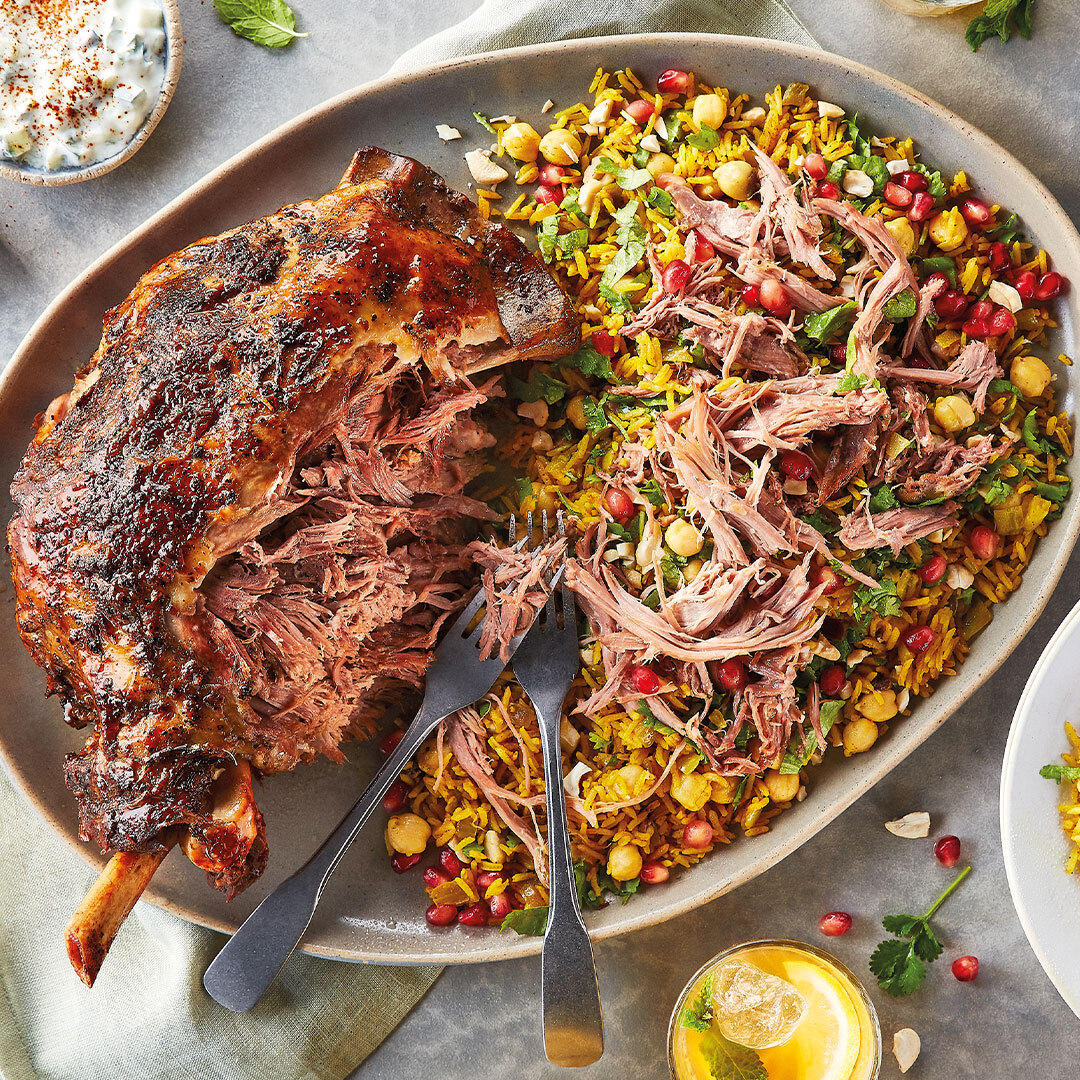 |
| In the mood for something slow-cooked? Tender lamb and soft vegetables are at the forefront of this delicious Crofter’s Hot Pot, full of rich flavours and perfect for a weeknight meal. | 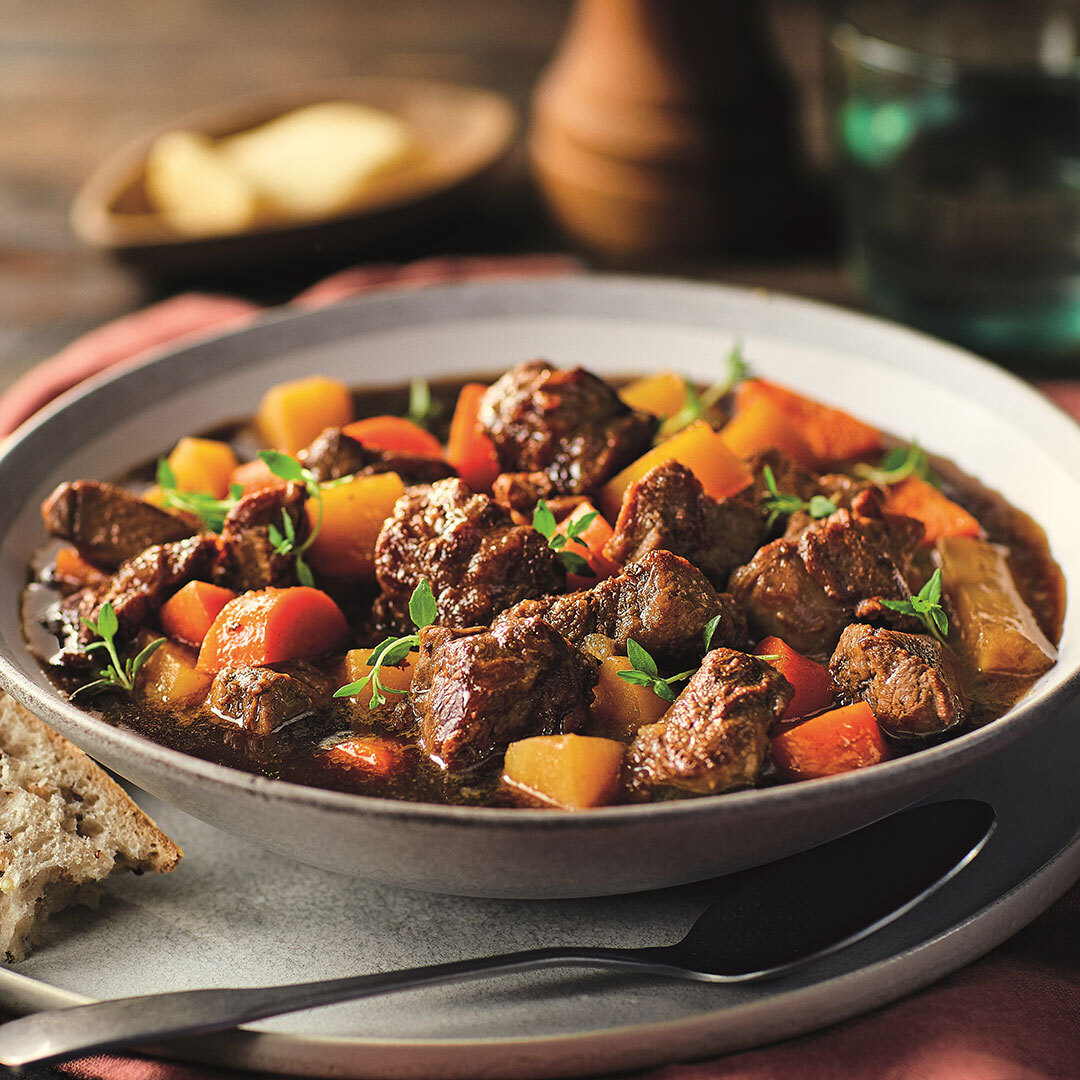 |
| Looking for a nostalgic, warming use for your leftovers? Enjoy your leftover British lamb and seasonal vegetables in a rich sauce, cooked slowly for a meltingly tender finish, all topped with flaky puff pastry in a Comforting Lamb Pie. | 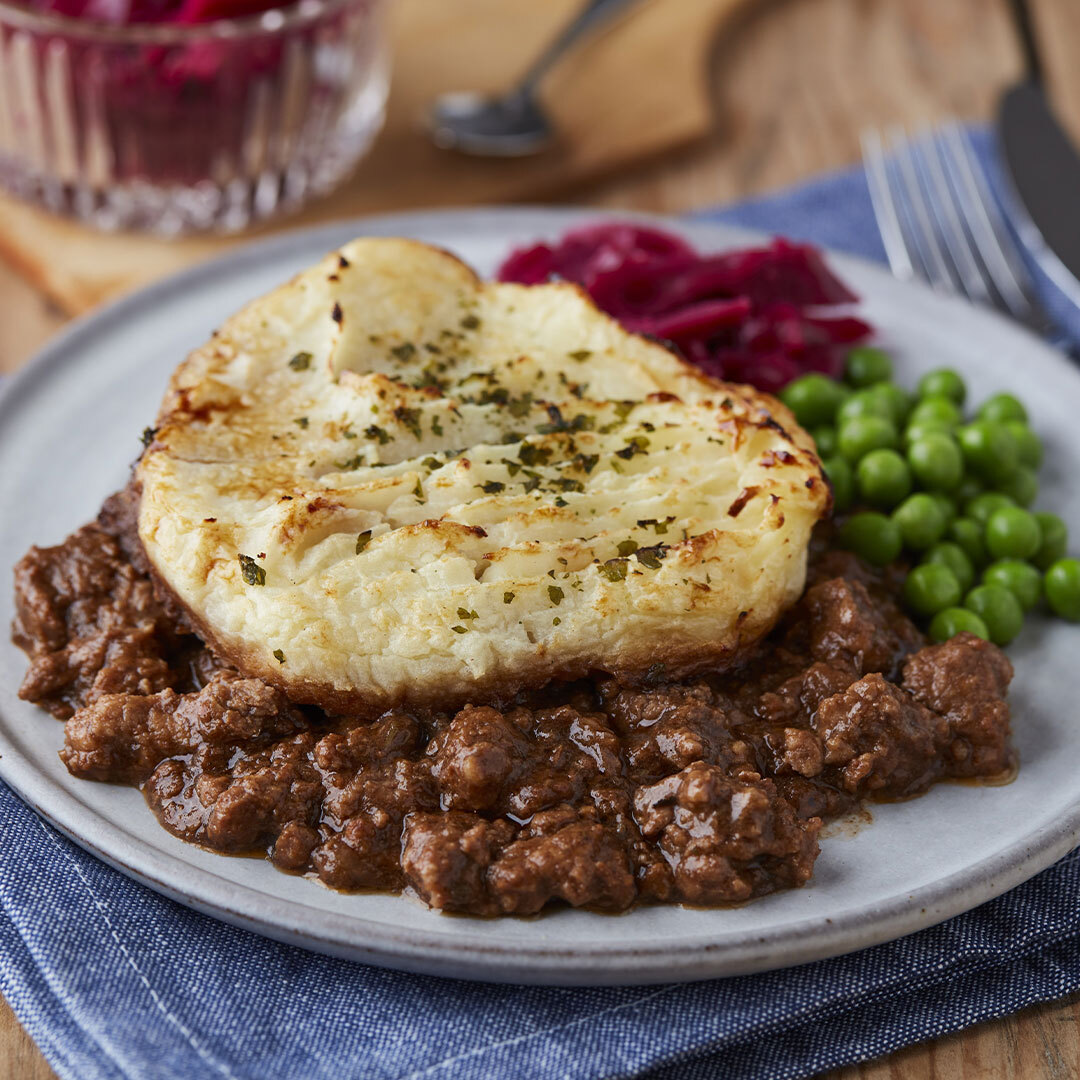 |


